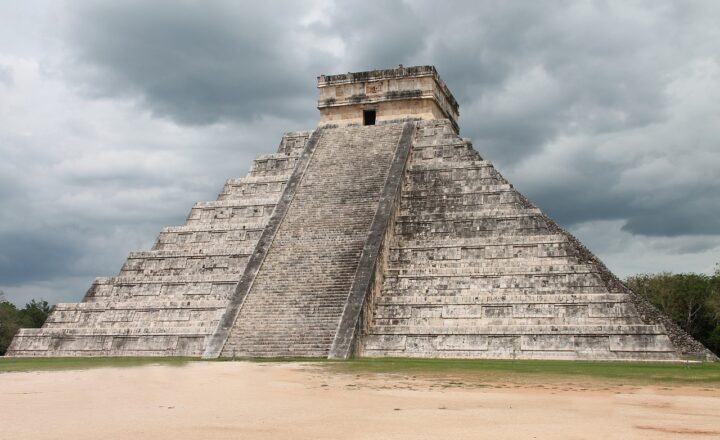
Chocolate, a beloved treat worldwide, has deep roots in history, particularly within the culture of the Aztec civilization. Known as ‘xocoatl’, the drink made from cacao played a pivotal role in the religious and ceremonial practices of the Aztecs. This article dives into the sacred significance of chocolate, exploring how it shaped the spiritual landscape of the Aztec people and its enduring legacy today.
1. The History of Cacao in Mesoamerica
Cacao, the source of chocolate, originates from the tropical rainforests of Central and South America. Its cultivation dates back to the Olmec civilization around 1500 BC, long before the rise of the Aztecs. The Olmecs were the first to turn cacao beans into a drink, which was then adopted and transformed by later civilizations including the Maya and the Aztecs.
For the Aztecs, cacao was more than just a beverage. It held economic and spiritual value, often used as currency and a symbol of wealth. Cacao was so revered that incorrectly prepared drinks could bring dishonor.
2. The Cultural Significance of Cacao in Aztec Society
The Aztecs believed cacao was a gift from the gods, particularly Quetzalcoatl, the feathered serpent deity. In their mythology, it was said that Quetzalcoatl brought cacao to Earth to humanity as a source of sustenance. rn rnThe significance of cacao extended beyond everyday life; it played a central role in religious ceremonies and rituals. Cacao drinks were often consumed during important festivities, such as weddings, funerals, and religious observances.
Ceremonial Use of Cacao
Cacao was used in various ceremonies, often mixed with spices, herbs, and, in some cases, honey. These drinks were believed to connect individuals with the divine and were used to communicate with the gods during ceremonies. For instance, during the festival of Xocolatl, a celebration dedicated to the cacao god, priests would prepare sacred cacao drinks believed to provide strength and wisdom.
Additionally, the Aztecs would offer cacao beans as tributes and gifts to their gods, showcasing its importance in maintaining a harmonious relationship with their deities.
3. The Ritual of Preparing Chocolate Drinks
The preparation of cacao drinks was a ceremonial act in itself. The beans were ground into a paste and mixed with water, spices, and sometimes sweeteners. This mixture was then vigorously whisked until it formed a frothy beverage, often served in ornate vessels.
This preparation process was filled with symbolism. The act of grinding and mixing cacao was seen as a way to awaken the spiritual essence of the cacao, preparing it for divine consumption. The froth, considered a sign of quality, symbolized the connection between the physical world and the spiritual realm.
During rituals, the drink was often consumed by priests or leaders first, believed to give them the strength to commune with the gods and seek their guidance.
4. Chocolate in Warfare and Sacrifices
Chocolate’s significance in the Aztec world extended to warfare. Warriors often consumed cacao drinks before battles, believing it provided them with courage and stamina. The consumption of cacao in preparation for battle was a practice meant to elicit the blessings of the gods for victory, making it integral to their martial culture.
Furthermore, cacao beans were sometimes offered to the gods during sacrificial rituals. It was believed that offerings of cacao gave strength to the sun and assured the continuation of life.
5. The Impact of Spanish Conquest on Cacao Traditions
The arrival of Spanish conquistadors in the 16th century marked a dramatic shift in the cacao culture. The Spaniards quickly took a liking to xocoatl, but with their own twist. They began adding sugar and spices like cinnamon, creating a sweeter version of the drink.
This adaptation led to the introduction of chocolate to Europe, where it became a luxury item among the wealthy. The sacred implications of chocolate did not travel with the drink, leading to its transformation into a popular delicacy rather than the deeply religious symbol it was in Aztec society.
6. Modern Interpretations and Legacy
Today, chocolate is celebrated worldwide, enjoyed in numerous forms from bars to beverages. While its sacred significance may have waned, the cultural impact of cacao and its relationship with humanity persists. In modern Mexico, cacao continues to be a symbol of heritage, celebrated during festivals such as Día de los Muertos.
Additionally, many contemporary ethical chocolate brands strive to honor the rich history of cacao cultivation, promoting sustainability and fair trade practices that echo the ancient reverence for this precious resource.







